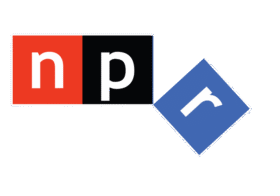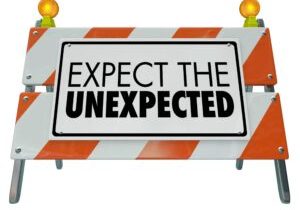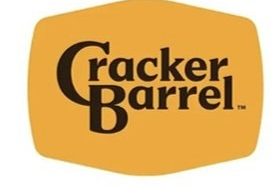
In Tuesday’s post, I outlined a rough schematic for how public radio could use its latest “bump” to carve out a path for the future. In today’s post, it’s put-up-or-shut-up time. As we wrap up a short week, I’ll use this post to fill in the blanks and color in the sketch that includes a 4-step plan for the nation’s beleaguered public radio stations:
- Redefine coverage via broadcast and everything else by reflecting the local area
- Generate “eye contact” in the local market
- Diversify fundraising and giving
- Develop content and people
It’s a daunting list, but there’s a way forward, not just for public radio outlets, but for any media service that values any or all of these action steps.
Today’s post will tackle the first two elements. Next week, I’ll return to fill in the rest.
As counter-intuitive as it may seem, the public radio system in the U.S. is now forced to act—it truly may be one of those “innovate or die” moments. The good news is that in a predictable “landscape of layoffs,” a number of public radio stations aren’t wasting time—they are proactively taking steps to reverse the ravages of rescission handed down earlier this summer.
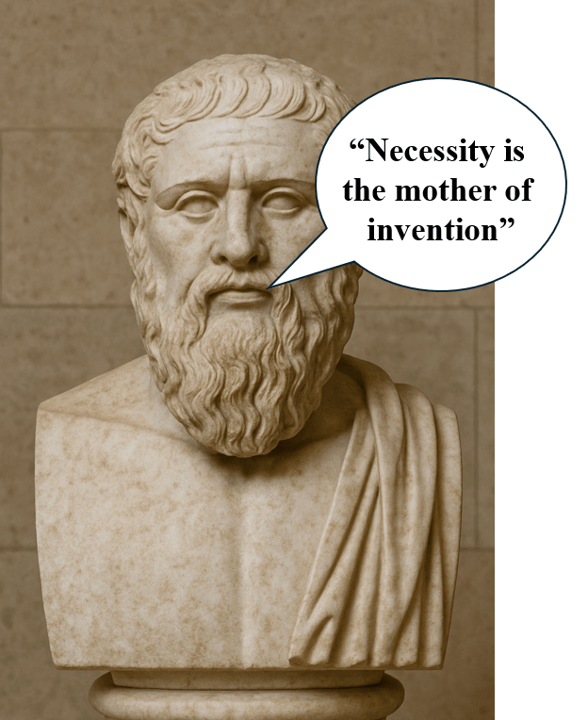 And as our old friend, Plato, reminded us on Tuesday, “Necessity is the mother of invention” (italics mine). So, how can public radio lean into this moment, making oceans of lemonade from the already rotting boxcars of lemons left at their doorstep from a political agenda designed to seal its demise.
And as our old friend, Plato, reminded us on Tuesday, “Necessity is the mother of invention” (italics mine). So, how can public radio lean into this moment, making oceans of lemonade from the already rotting boxcars of lemons left at their doorstep from a political agenda designed to seal its demise.
Let’s start with the most difficult piece—and the one that is much-talked-about and debated in all corners of broadcast radio especially here in the States—the efficacy of local.
Now, in commercial radio’s case, it’s a bona fide point of contention in a corner of the industry where syndicated shows are becoming not only more plentiful but also more ubiquitous as the years go by.
And it’s not just morning shows—although there are plenty of syndicated ensembles designed to cover the precious morning drive hours. How else do you explain how an evening personality like Greg Beharrel is now flirting with the century mark of local affiliates? And like excellent “utility men” in baseball, you can slot Greg in pretty much anywhere—nights, afternoons, wherever. At this rate, he could launch his own 24/7 format.
drive hours. How else do you explain how an evening personality like Greg Beharrel is now flirting with the century mark of local affiliates? And like excellent “utility men” in baseball, you can slot Greg in pretty much anywhere—nights, afternoons, wherever. At this rate, he could launch his own 24/7 format.
Public radio is in a different boat because its reservoir of network program options has been evaporating for some time now. As public radio is forced to reinvent itself due to the vagaries of the Trump White House, NPR—the top source of syndicated programming in public radio—has been reinventing itself.
A recent think piece by NPR’s Public Editor, written by Poynter’s Kelly McBride, leaves no doubt what the organization once known as National Public Radio (italics mine again) is cooking up.
When Jarl Mohn took over the CEO reins at NPR in 2014, he vowed “to put the ‘R’ back in NPR.” Jarl put his policy forward in a Politico story that appeared just a few months after taking over the network.
Rereading Jarl’s vision statement is a good use of anyone in public radio’s time over the weekend. As he reminded Politico, “I’m a guy who loves content. I’m nuts for content. The thing that matters is what rides across all those platforms.” That means the broadcast radio airwaves, as well as all the available digital tributaries.
Even back then, Jarl did not overlook the need to feed the radio beast. So, back to McBride’s story—“The podcast world is massive. Where does public radio fit in?“—and an interview with Collin Campbell, NPR’s SVP podcasting strategy and franchise development. It’s a full-bore podcasting analysis covering NPR’s stable of 68 podcasts delivering nearly 20 million uniques this past July.
But what about content heard on the more than 246 NPR member radio stations throughout America? While the podcasting piece of NPR may be well-defined in this changing landscape, its radio philosophy revolving around content creation is vacant. That’s typified by the fact NPR has gone without a full-time Chief Content Officer for a couple years now.
Edith Chapin had taken the acting position, but announced her departure from NPR earlier this summer. So still no CCO.

Until there’s a mission statement about NPR’s commitment to programming, affiliates from around the country are on their own, perhaps wondering where’s the R in NPR’s game plan moving forward.
And that means developing their own programming content, by definition, “local.” And that suggests, it starts with hometown efforts to redefine what it means to be “local” and what listeners in Spokane, Syracuse, or San Francisco want.
And in a recent A Media Operator, “Axios Pushing Harder Into Local News Play” by Christiana Sciaudone, we learn about that company’s plans for owning the hometown hill in markets all over the U.S. JacoBLOG readers know this drill—I’ve written about Axios’ local domination plans a number of times.
But this story, breaks down how they’re doing it, with an efficient number of boots (reporters) on the ground. Axios calls it an “efficient local news model that provides high-value, concise information to professionals in different markets—to be a ‘best friend in your pocket’ who tells readers what they need to know about their communities.”
They’re doing it with just 1-3 reporters per market, but before public radio operators scoff at the small numbers of local journalists, maybe it’s time to conduct a productivity inventory of the reporting staffs efforts to evaluate whether there’s a viable ROI. Most public radio stations could produce more content than they are now.
They are also showcasing their local reporters, something most public radio stations have failed to do. Listeners become connected to stations via their personalities, but too often, public radio leans away from its personalities—even NPR.
I’ve talked about NPR’s Morning Edition anchor, Steve Inskeep, in this space in recent weeks. He’s rocking more than 330,000 followers on Twitter/X—a bona fide personality, but you’d never know it listening to your favorite public radio station.
In fact, PRTS 2025 this year continues to reinforce that public radio is values driven—perhaps to a fault. Its biggest assets in our “Why Public Radio” reports are its core values (CV). But programs and people (blue bar) are well down the list. Listeners may support their public radio stations based on its values—what they stand for. But they have to listen to program and personalities. There needs to be new shows and new stars in the pipeline.
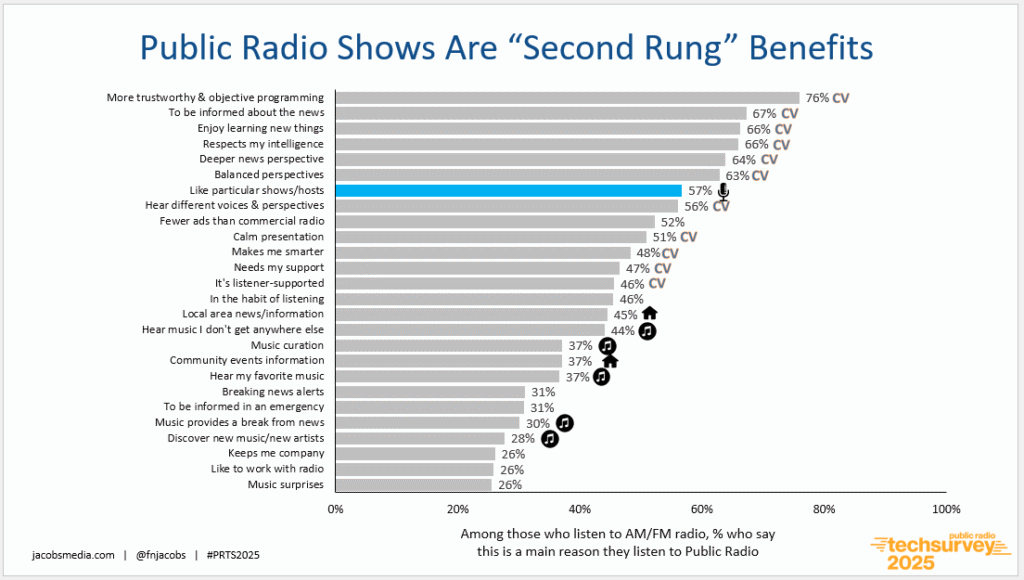
This is a tall order. But it can be done.
Take High Plains Public Radio, a small operation serving listeners in the Oklahoma/Texas panhandle, eastern Colorado, western Kansas, and far southwest Nebraska. This organization very much symbolizes public radio stations on the endangered list due to the lack of CPB funding. Nieman Labs highlights this bold little operation (10 employees, only one whom is a full-time reporter) in an inspirational story, “With public media under siege, High Plains Public Radio builds a blueprint to cover more rural news with fewer resources.”
Writer Sophie Culpepper had me with the headline. With a modest grant ($750,000 from Press Forward), the organization is configuring a regional news coverage model that is scalable and effective. Trying to cover 90 counties and 332 communities would be daunting for any news operation. But according to Quentin Hope, the man in the middle, that’s the challenge.
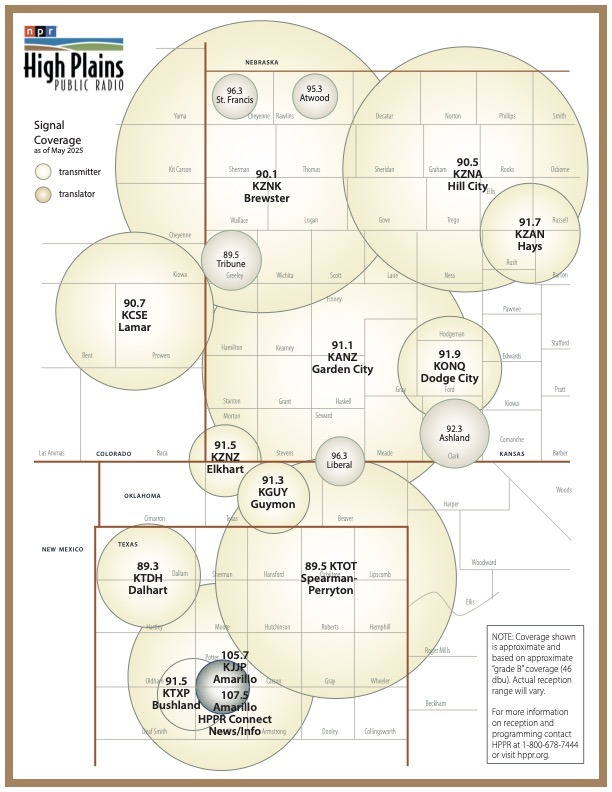
via Nieman Lab
Hope’s philosophy?
“…rather than a ‘struggle to survive’ I see this work as a time to ‘realize the potential’ of HPPR.”
That’s right. Hope is going to innovate his way out of this predicament. Hello, Plato.
They use two different programming services—HPPR mix is the broadcast piece that’s also digitally streamed. And there’s HPPR Connect via a mobile app and on their website.
their website.
I’ll let you read the entire story, but Hope’s answer is a clever spin on the old CGM (consumer generated media) model, except the acronym for HPPR ought to CGLJ—or consumer generated local journalism.
The system is dependent on what will be called the Civic Media Network—local news that comes from a “contributors network” that is coordinated and curated by a team comprised of a network editor, network director, and network digital producer.
This is innovation at its best.
However, it’s not just happening in micro markets. Take major league station, WHYY, in Philly. If those call letters are familiar to you, the odds are good it’s because public radio fixture, Fresh Air with legendary Terry Gross, originated there.
And now at the end of this month, WHYY is originating a new show starring David Greene, former Morning Edition anchor. This is an innovation that falls under one of my favorite radio programming philosophies, made famous by classic baseball player, Wee Willie Keeler, who was once asked to explain his incredible hitting prowess:

The new show, Sports in America, is about the stories of sports, athletes, and the human side of the industry.
Now if you’re an analytical radio programmer, you might be thinking that sports doesn’t “test,” especially in a public radio environment. But sports fans are universal—and they love a great story.
Cue David Green, a wonderful personality with the gift to do just that. And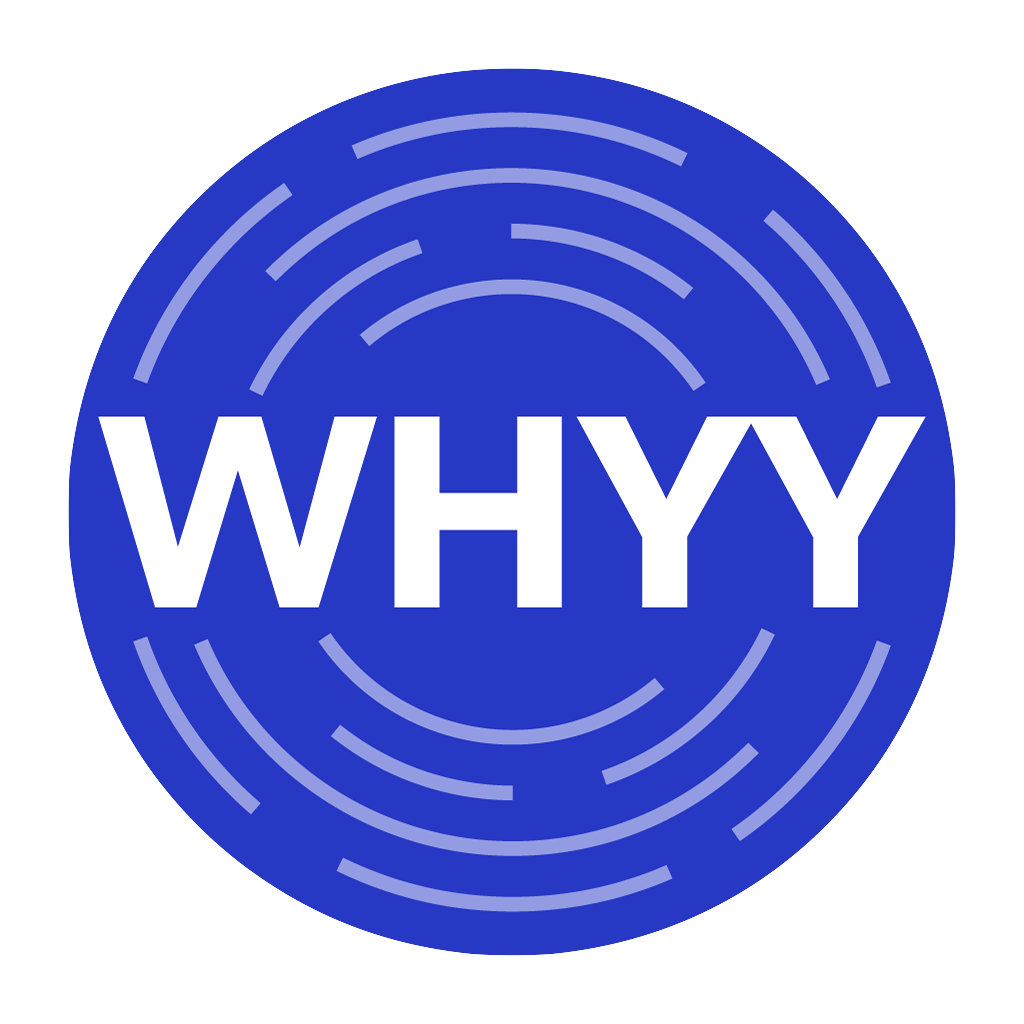 remember, there’s precedence here. The truly iconic Red Barber did wonderful sports commentaries back in the day on NPR’s Morning Edition when the late Bob Edwards was host.
remember, there’s precedence here. The truly iconic Red Barber did wonderful sports commentaries back in the day on NPR’s Morning Edition when the late Bob Edwards was host.
And the syndicated show, It’s Only a Game, originally produced by WBUR/Boston. At its zenith, the show was on 260+ affiliate stations on Saturday during its 27-year run.
Best of luck to Green, WHYY, and the show’s producers for rocking the public radio board with Sports in America. Here’s the trailer:
But what about the “eye contact” piece? How can the average public radio station level up its community presence, especially as staffs are shrinking.
For inspiration, look no further than the controversial New York City mayoral campaign where upstart “socialist democrat” (yes, that’s his descriptor), Zohran Mamdani, who is using innovative marketing efforts of his own.
Case in point: a “scavenger hunt” organized to cover NYC’s five boroughs in an event designed to highlight the campaign’s uniqueness, as well as citizens rediscovering their city.
The short video below gives you the flavor of this promotion, and how jaded New Yorkers are responding. I’m posting a longer, three-minute version at the end of this post:
And if you’re thinking, didn’t the Mamdani team steal this from radio? Of course they did. So, why couldn’t innovative public radio stations from any metro in America steal it back?
That should get you going. Gather that core team of yours, brainstorm profusely, and innovate your way out of this. Your actions should be more expansive than rebalancing your station’s finances. This is the time to program.
If you need help, drop us a line.
P.S. Here’s the longer form Mamdani “Scavenger Hunt” video. – FJ
Originally published by Jacobs Media

